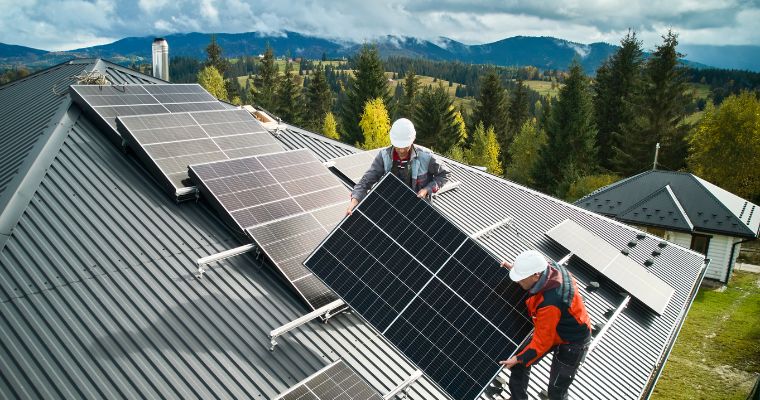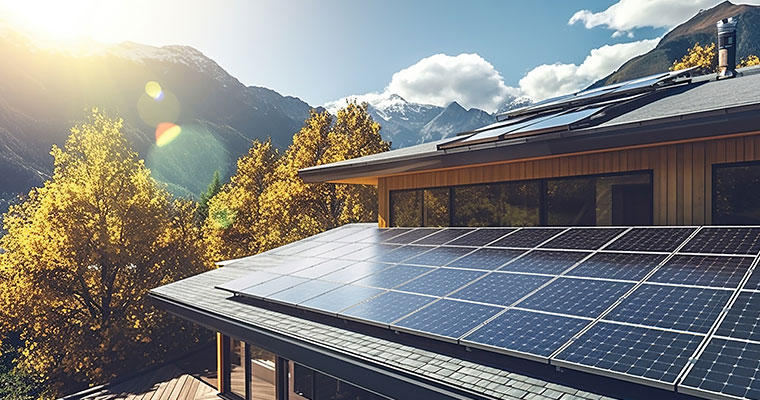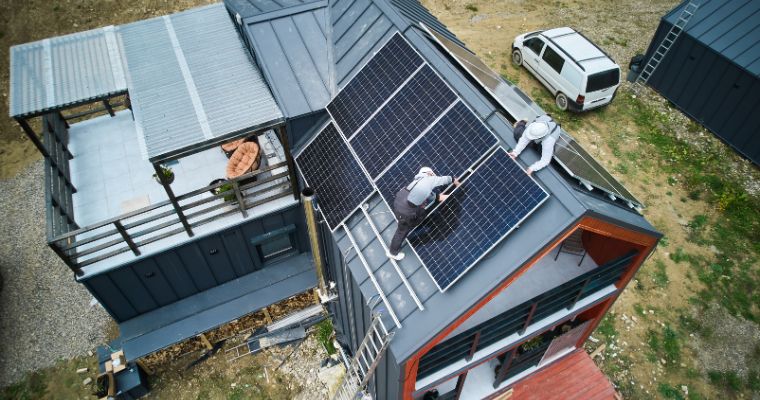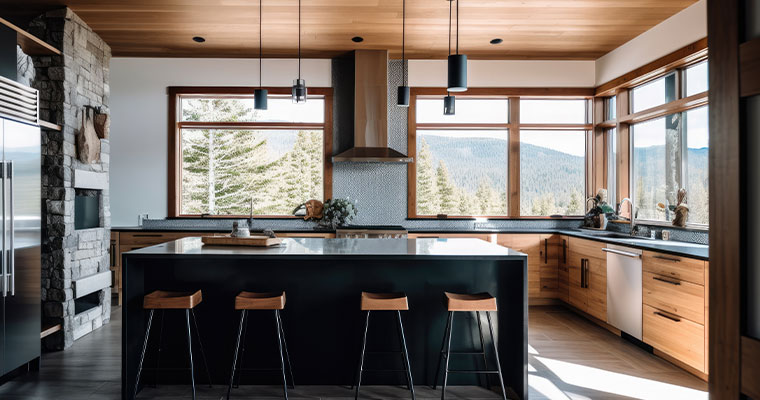Net-Zero Homes in Whitefish, Montana — Sustainable Living in 2025
Whitefish, Montana, a mountain town known for its breathtaking landscapes and close-knit community, is quickly becoming a regional leader in sustainable living. Since adopting a forward-thinking Climate Action Plan in 2018, the city has witnessed a steady rise in net-zero homes: high-performance residences designed to generate as much renewable energy as they consume over the […]





